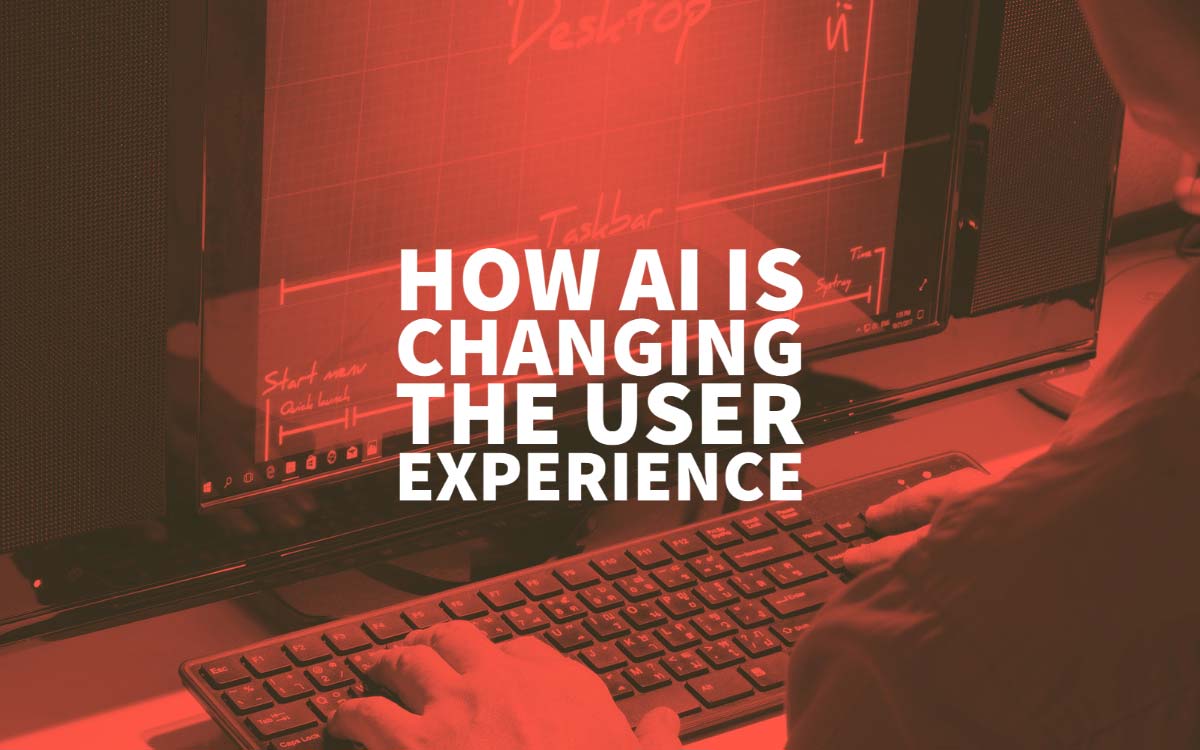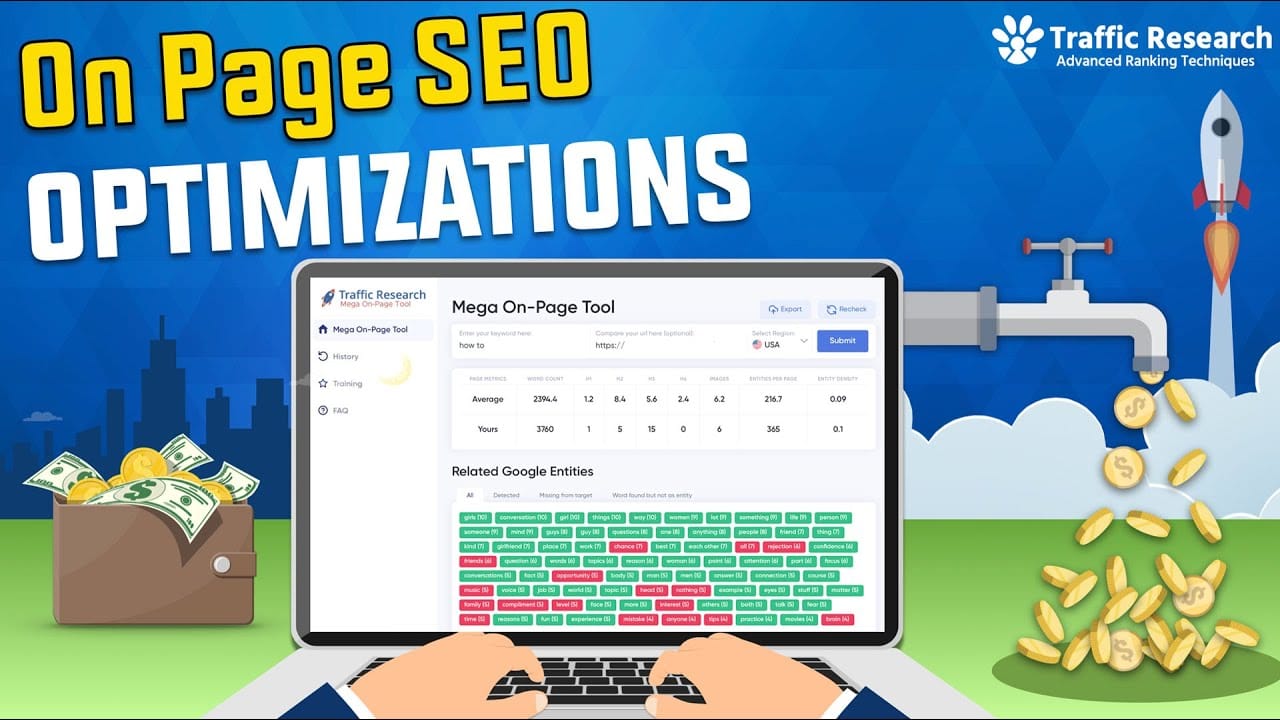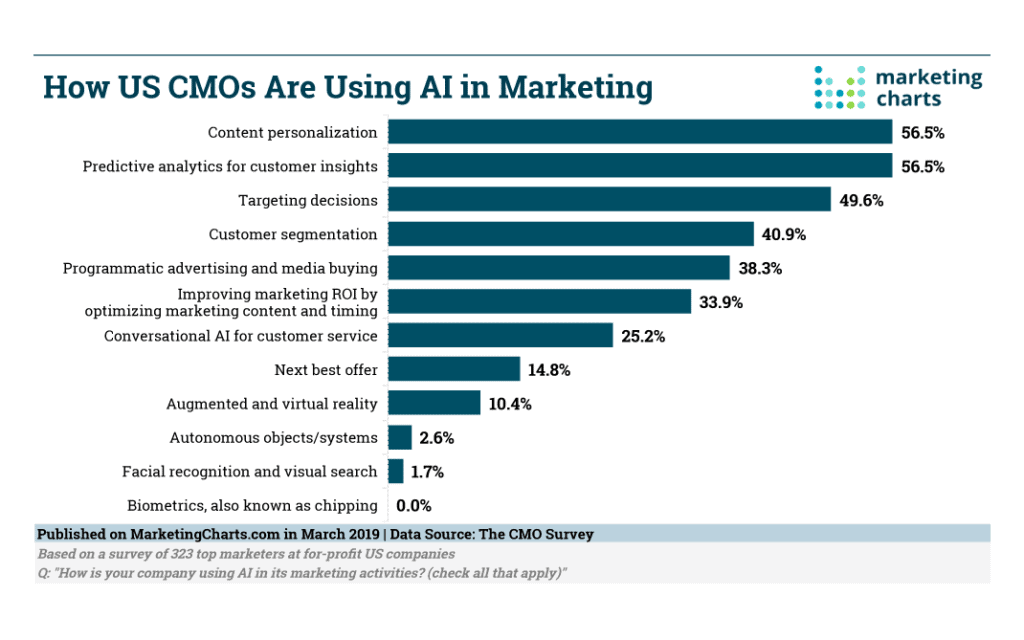
27 Jan How AI is Changing the User Experience
How AI is Changing the User Experience
AI has progressed at an astounding rate since its first real foray into the open market where it performed quite well through devices such as Google Home and Amazon Alexa.
Since that point, the AI technology sector has gone through several evolutions resulting in a powerful technology capable of doing so much with so little.
However, a potentially unintended party to AI’s advancement is the users themselves who have experienced how AI has changed their lives directly.
Thanks to AI, no transaction with a business or other person will go unnoticed and without some log. This is great for keeping concise records and transparent practices without involving third parties in the mix.
AI has become somewhat infamous for making it easier to use bulk collection technology to quickly and quietly gather troves of information about an individual consumer.
This is great for determining shopping patterns and purchasing behaviours, which can then be altered while the user uses the app, and has other design implications.
Automated data collection
With smart software, it’s much easier to collect information in bulk. Scraping data from anywhere has gotten much more comfortable as the storing of more and more personal data sits on more and more external servers.
With loose and vague restrictions on data collection and limited privacy provisions, protocol, and widespread literacy, leveraging lots of data as a means to an end has been leveraged and exploited by organisations of all shapes and sizes.
Automation has provided us with beautiful tools.
Automation has also allowed marketers to dive deep into personal data, changing the customer relationship in a massive way.
Automated analytics

With massive data collection comes an enormous problem. There’s too much to analyse.
Marketing analytics is powered by facts, figures, and data sets.
As such, software engineering firms have scrambled to find a solution. There are dozens of automated apps that suck up information and churn out predictive behavioural analyses.
Through automation, businesses can predict what consumers want, how they want it presented, and how much they are willing to pay for it.
As such, we see a massive influx in customised user experiences, tailor-made to the individual.
Ai-optimised user experience design
AI is beneficial for analysing a user and then offering help to maximise every customer’s experience.
AI helps to alter the UX of a product by giving it more dimension and functionality.
Any app that uses AI as a core function will want a tailor-made user experience to your audience.
AI optimised UX is the innovation that will bring customers and fans coming back to a product or store for years instead of once or twice.
This direct intervention of AI is also used to analyse the data and organise it to become useful to the development team.
Taking the real-time analytics of an app down will help businesses spot which things work well for their product and which don’t.
For users, this means that their experience is always being measured and monitored to ensure that their experience is as satisfactory as possible.
However, this also means that the product’s UX design can be completely overhauled with the implemented changes while giving the customers a better experience.
AI makes it possible to quickly create a portfolio about a specific patron and then use it to create unique experiences designed specifically for the said patron.
Of course, the immense help that AI brings is how it has changed customer service relationships.
AI allows users to chat quickly and in detail about their issues or concerns with a chatbot that responds instantly and effectively.
AI is a genuinely marvellous technology that will only improve more industries as time goes on.
AI’s power makes it so that every product or industry can meld the technology into its processes to increase productivity to the next level without radically changing anything structurally.
Ultimately, the AI technology sector is so large that the user doesn’t have any choice but to hang on for the future.
How AI Could Bring About An Entirely New Economy
UBI, AI, and the modern business landscape’s future depend on technology innovations that will continue to disrupt and shape the industry.
Universal basic income is still somewhat of a controversial issue, and for a good reason.
Some take it as a malfunction of the relationship between technology and business, whereas others take it as a life-saving measure that will seriously boost the economy.
How AI is Changing Society
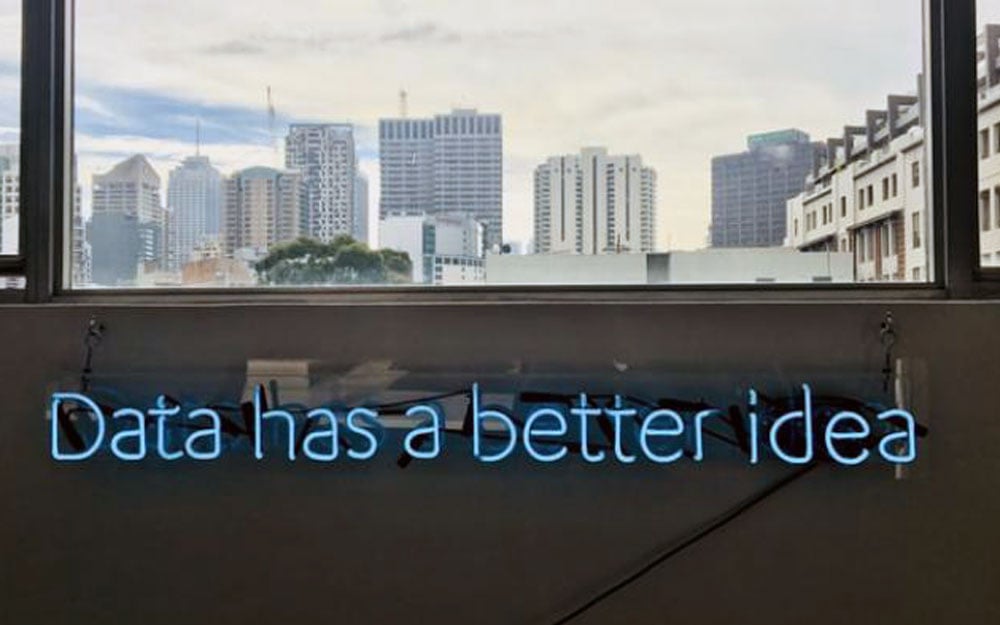
The advent of the internet forever changed the world. Artificial intelligence is primed to bring about the next massive change.
Artificial intelligence could bring about the next industrial revolution.
AI has already become a fundamental technology that has quickly become one of the most frowned upon technologies globally.
Automation alone isn’t the cause for this massive explosion. Instead, it is the culmination of years of research and innovation that has led to a newly refined AI technology changing the world at an irredeemable speed.
However, all of this innovation and development comes at the price of radical change which can revolutionise society for the better or frighten people to the point of regression.
Automation and the economy
Automation, it could be argued has cut out hundreds of thousands of jobs.
Over the years jobs in manufacturing, and more recently, jobs in stockbroking and finance, have declined dramatically.
The cost of goods has dropped dramatically as well. With fewer expenses, companies have more significant profit margins. But what about the consumer?
As automation continues to roll through, we can expect goods and services to be cheaper than ever.
Already we see the beginning of a world without limits, an economy built on value rather than need, a supply-and-demand chain without scarcity.
Universal Basic Income
Universal basic income isn’t a new idea. It’s been a hotly debated topic for centuries.
Universal basic income has resurfaced in prime form as automation has increased and new AI applications have been implemented.
UBI, something that received bipartisan support in the seventies, could be implemented with artificial intelligence’s analytical power.
An optimised economy, one constantly tweaked with automation and AI, one logged and booked by triple-entry bookkeeping leveraging blockchain, is entirely possible.
An optimised economy
An economy based on your computational devices’ speed and power is one with a very different set of values to current affairs.
However, that doesn’t mean that the next era of AI won’t radically change the world in a short time.
Machine learning and automation grant users the ability to create the systems of their dreams while also allowing businesses of any size to flourish without fear of costs.
As artificial intelligence continues to dominate the consumer electronics market, it may be time to consider whether or not this is simply a fad.
AI will radically change business, the creative arts, and society at large as long as interest and investment stay high, which it undoubtedly will. AI will continue to change and shape the way technology and society interact.
Ultimately, the technology’s pinnacle point hasn’t been even hinted at, and yet the world is already changing for AI.
AI’s impact is crystal clear, and the progression of technology leads to a world based on automation, where the cost to produce is cheap, and so is the price to purchase.
This results in a real scenario in which the world could enter a post-scarcity state where food is plentiful and so are the basics of life.
However, this change would also come at the cost of jobs and opportunities for people of particular skill sets.
Unfortunately, a side effect of this rapid progression will be the process of adaptation that we will have to go through as positions are eliminated, and profits soar.
Even with the promise of cheaper goods overall, the lack of opportunity combined with a limited resource flow could mean potentially dangerous consequences if adequate preparation is not completed.
This is where the idea of a UBI, or universal basic income, comes into play as one of many viable solutions to deal with this looming issue.
Regardless of the effect, every person with an automated job will have to find something to do for work.
Oddly enough, this is where AI can come in again to provide opportunities in a new age of technology.
While the transition to automation is underway, the opportunities that present themselves will change with them.
Regardless of relative position, one thing for sure is real, a world in which most of the working positions will be fulfilled by AI is just around the corner.
Being prepared for such an eventuality is a given, and while the method may be hotly debated, AI will undoubtedly have a hand in shaping it.
The impact of AI truly comes from the mass applications of automation in the modern business landscape.
How to Make AI Work for Your Company
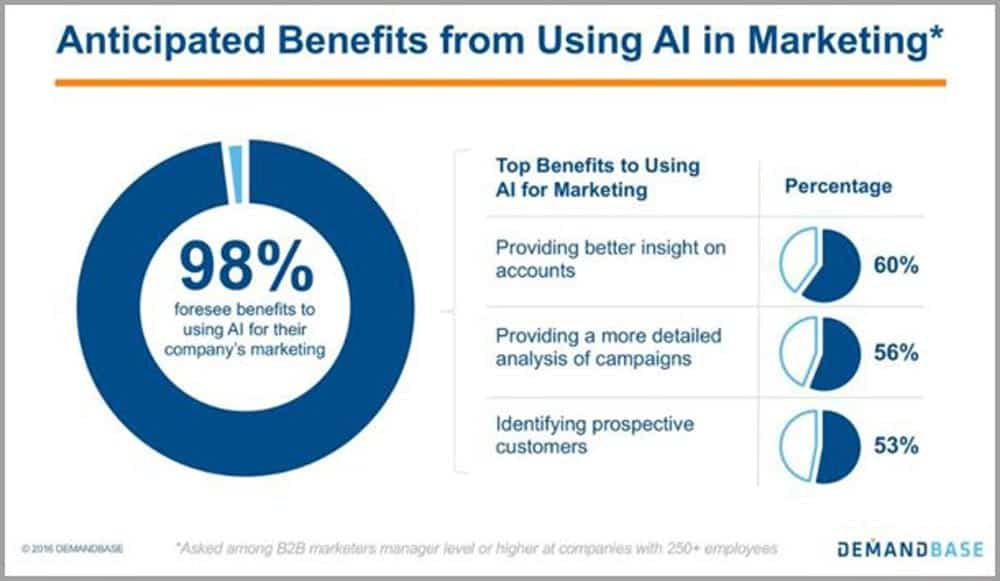
AI is an incredible technology capable of making the impossible probable by utilising machine and deep learning technologies to automate processes and collate information for businesses across every industry.
Making this outstanding technology work for your business is as simple as thinking like a computer.
What AI can help with is delegating and automating office interactions.
Apps like Slack and Trello use AI to automate reminders, create schedules, collect information, and update employees.
Review your processes carefully
The first question you need to ask yourself is, how well do you carry out communication?
To answer that you’ll need to identify the communication lines you have set up and the tools you use to execute effective communication strategies.
Before turning to automation, you may want to add instant digital communication and collaboration apps like Slack, Trello, and Zoom, to reduce email and meeting bloat.
Next, identify how you delegate tasks. Who are the decision-makers? Are there, redundancies?
Can an automated system be used to create dynamic tasks, send reminders, and assemble teams? Or is a manager the only one entrusted with this?
Review your analytics strategy
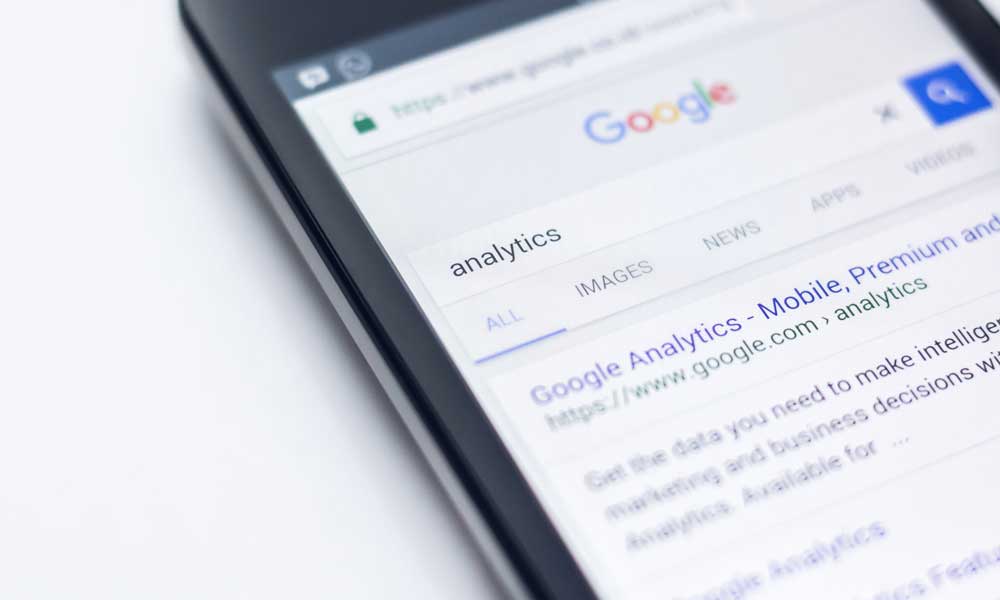
Then, you’ll want to look at your key performance indicators.
How are you measuring your KPIs, what tools are you using to track them, and how are you generating reports based on this data?
You may notice you’re using too many platforms, measuring irrelevant metrics, or leaving essential data points.
After addressing these issues, you may want to consider using a CRM or an AI-powered reporting system to further enhance your reports’ accuracy and efficacy.
Get help from your team
Addressing the above issues will help you identify some significant inefficiencies that can be addressed by retooling and automation apps.
After you’ve addressed the most pressing administrative issues and corrected your communication lines, you’ll want to gather some more information about inefficiencies your team has noticed.
Asking your team about issues such as inefficient communication, mismatched tools, and other discrepancies, you’ll want to investigate what tools you can use to get some of those processes streamlined or even automated.
Collaborating with AI developers and business consultants can help make this investigative step a bit easier, providing you with meaningful insight and practical advice.
Research the best AI apps
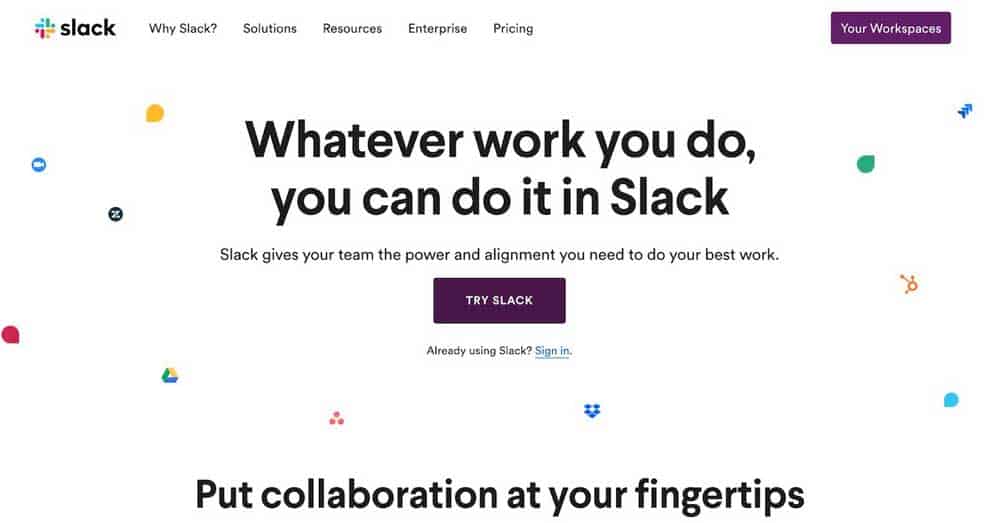
Research is a central part of any business and is notorious for taking up an incredible amount of time.
Instead, AI technologies can automatically perform most of the research by listing a few parameters and setting them loose.
You can use this process to find more automation apps to help your business communicate better and operate more efficiently without spending excess money.
After getting some general automation apps, you may want to search for automation and AI apps your competition uses.
What automation tools helped companies in your industry improve communication, collaboration, and creativity? Did they use Slack bots?
AI-powered marketing engines, or something industry-specific? Find the answers to these questions, and you will no doubt find AI that will directly affect your bottom line.
AI is also used to generate social media and email campaigns that are incredibly effective for driving traffic to the business.
However, AI can also be used indirectly by automatically collecting the overall data and turning it into usable bits of information for the big data sector.
AI is used to assess how each step of the business performs and determine which things are working and which operations need to go.
The essence of AI in the working environment is boosting efficiency and productivity without increasing costs.
This means that AI tools your company uses can be easily determined by asking the team and analysing the structure.
AI tools eliminate inefficiency by speeding up processes for employees that they used to perform manually.
Eliminating as much of the slack out of your team is excellent, but increasing the team’s overall quality may require outside opinions.
This is where AI consultants provide useful tips and strategies that utilise AI’s best without overloading the development team.
Of course, nothing beats research, but consultants can be of great assistance, too.
